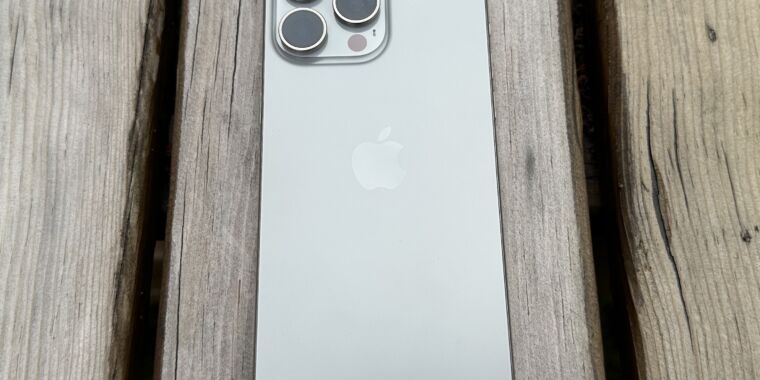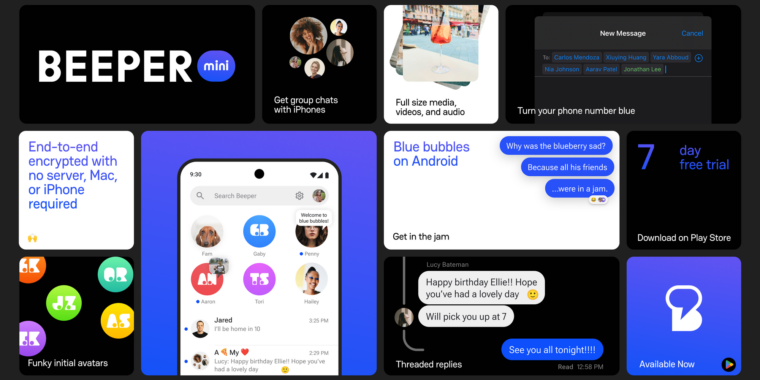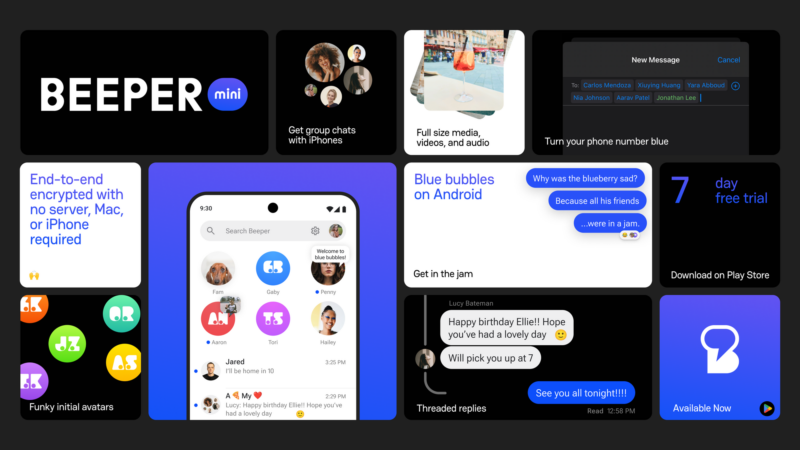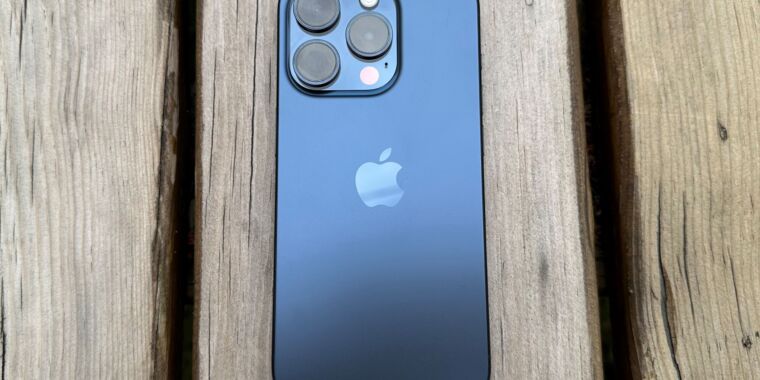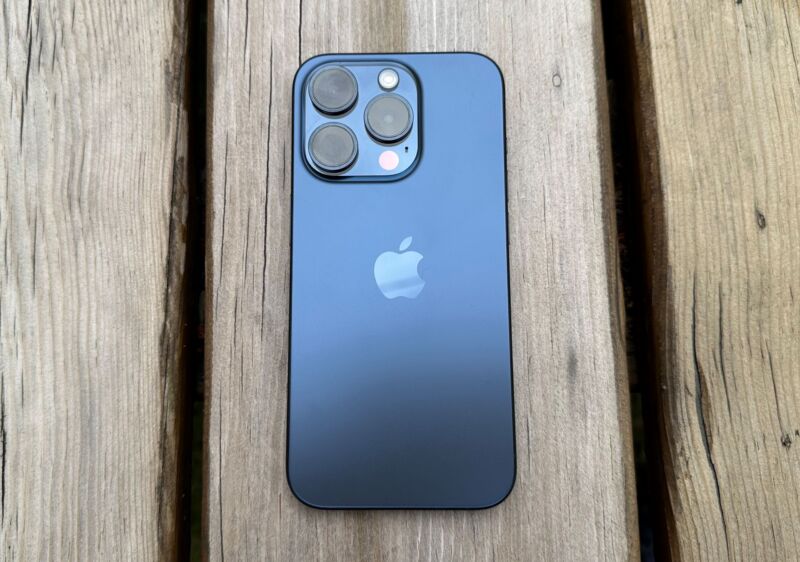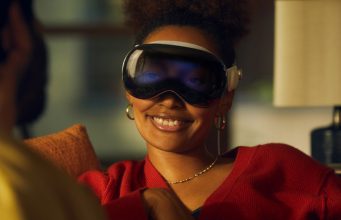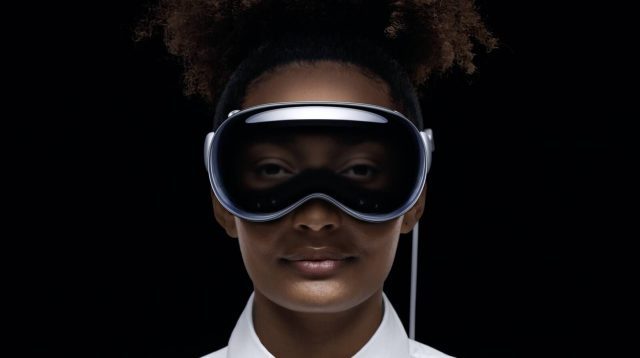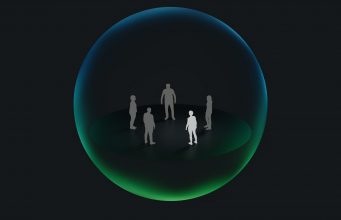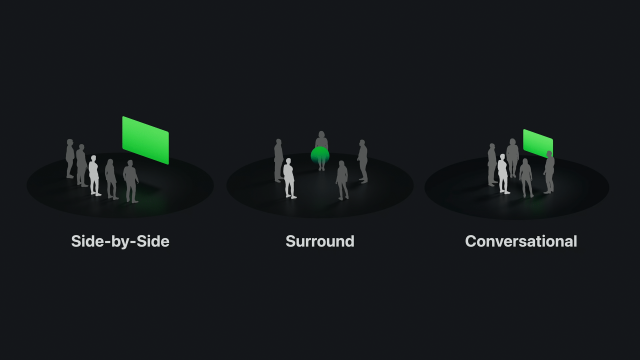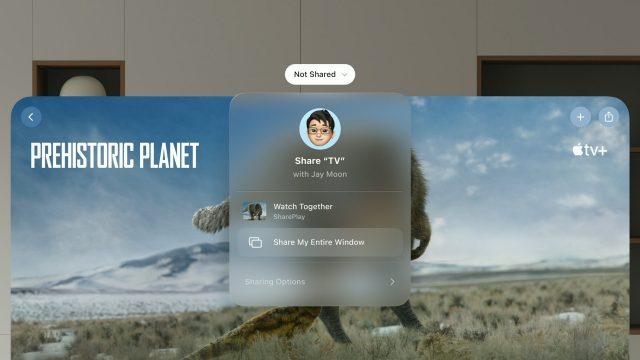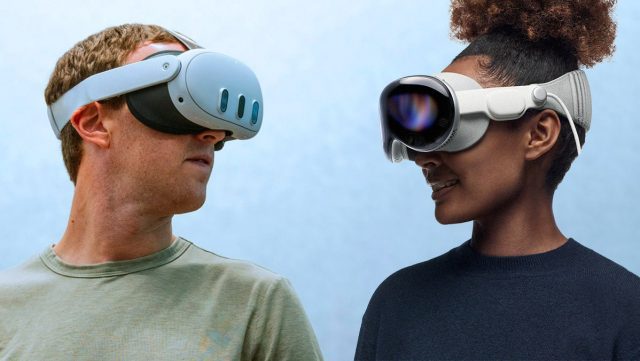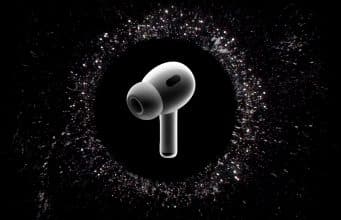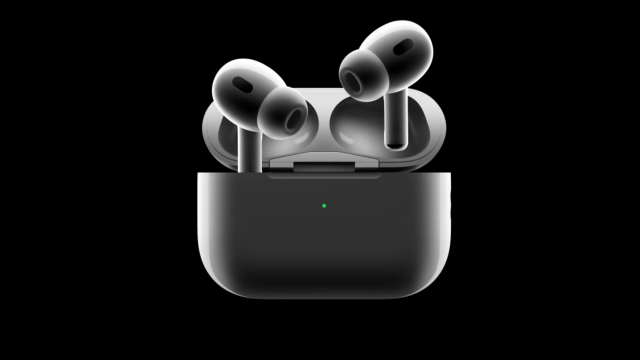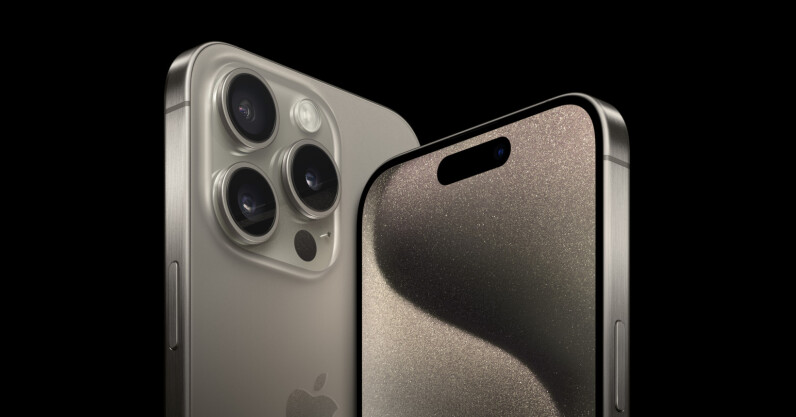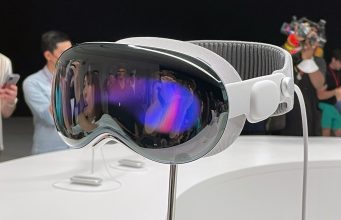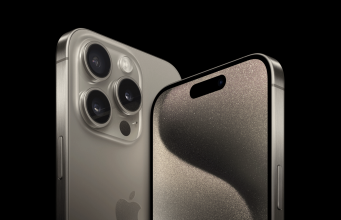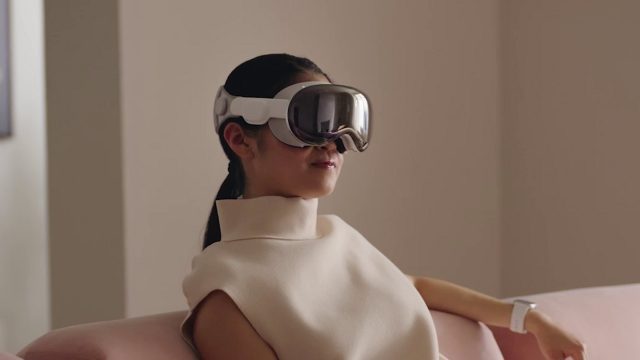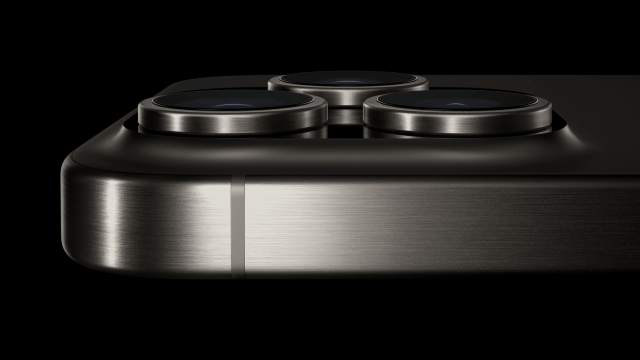Apple releases iOS 17.2 and macOS 14.2, delays two features to 2024
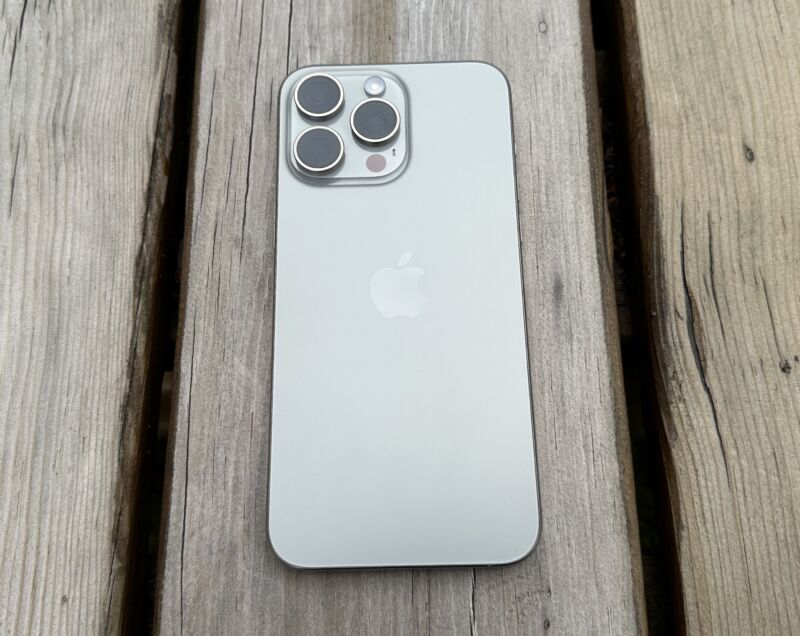
Enlarge / The iPhone 15 Pro Max.
Samuel Axon
Today, Apple pushed out the public releases of iOS 17.2, iPadOS 17.2, macOS Sonoma 14.2, watchOS 10.2, and tvOS 17.2.
iOS 17.2 and iPadOS 17.2’s flagship feature is the new Journal app, which Apple teased when it first introduced iOS 17 earlier. The app mimics several existing popular journaling apps in the App Store from third-party developers but leverages data from your Photos, workouts, and other Apple apps to make journaling suggestions.
Other features include the ability to tap a “catch-up arrow” to scroll to the first missed message in a conversation in Messages, the ability to take spatial video photos for later viewing on Vision Pro, and several tweaks and additions to the Weather app.
There are a few iPhone 15 Pro and iPhone 15 Pro Max-specific updates, too: The Translate app is now one of the main supported mappings for the Action button, and Apple says there have been improvements to the telephoto camera focusing speed in some situations.
There are still a couple of iOS features that were initially promised for the iOS 17 cycle that haven’t yet materialized: AirPlay for hotel room TVs and collaborative playlists in Apple Music. Those features will arrive sometime in 2024.
As is so often the case now, the latest macOS update (14.2) is comparatively modest. macOS gets some of the same tweaks to Messages and Weather. Additionally, “Enhanced AutoFill identifies fields in PDFs and other forms enabling you to populate them with information such as names and addresses from your contacts.”
We’ve included Apple’s full release notes for its major operating system updates below.
iOS 17.2 release notes
Here are Apple’s release notes for iOS 17.2:
This update introduces Journal, an all-new way to reflect on life’s moments and preserve your memories. This release also includes Action button and Camera enhancements, as well as other features, bug fixes, and security updates for your iPhone.
Journal
- Journal is a new app that lets you write about the small moments and big events in your life so you can practice gratitude and improve your wellbeing
- Journaling suggestions make it easy to remember your experiences by intelligently grouping your outings, photos, workouts, and more into moments you can add to your journal
- Filters let you quickly find bookmarked entries or show entries with attachments so you can revisit and reflect on key moments in your life
- Scheduled notifications help you keep a consistent journaling practice by reminding you to write on the days and time you choose
- Option to lock your journal using Touch ID or Face ID
- iCloud sync keeps your journal entries safe and encrypted on iCloud
Action Button
- Translate option for the Action button on iPhone 15 Pro and iPhone 15 Pro Max to quickly translate phrases or have a conversation with someone in another language
Camera
- Spatial video lets you capture video on iPhone 15 Pro and iPhone 15 Pro Max so you can relive your memories in three dimensions on Apple Vision Pro
- Improved Telephoto camera focusing speed when capturing small faraway objects on iPhone 15 Pro and iPhone 15 Pro Max
Messages
- Catch-up arrow lets you easily jump to your first unread message in a conversation by tapping the arrow visible in the top-right corner
- Add sticker option in the context menu lets you add a sticker directly to a bubble
- Memoji updates include the ability to adjust the body shape of any Memoji
- Contact Key Verification provides automatic alerts and Contact Verification Codes to help verify people facing extraordinary digital threats are messaging only with the people they intend
Weather
- Precipitation amounts help you stay on top of rain and snow conditions for a given day over the next 10 days
- New widgets let you choose from next-hour precipitation, daily forecast, sunrise and sunset times, and current conditions such as Air Quality, Feels Like, and wind speed
- Wind map snapshot helps you quickly assess wind patterns and access the animated wind map overlay to prepare for forecasted wind conditions for the next 24 hours
- Interactive moon calendar lets you easily visualize the phase of the moon on any day for the next month
This update also includes the following improvements and bug fixes:
- Siri support for privately accessing and logging Health app data using your voice
- AirDrop improvements including expanded contact sharing options and the ability to share boarding passes, movie tickets, and other eligible passes by bringing two iPhones together
- Favorite Songs Playlist in Apple Music lets you quickly get back to the songs you mark as favorites
- Use Listening History in Apple Music can be disabled in a Focus so music you listen to does not appear in Recently Played or influence your recommendations
- A new Digital Clock Widget lets you quickly catch a glimpse of the time on your Home Screen and while in StandBy
- Enhanced AutoFill identifies fields in PDFs and other forms enabling you to populate them with information such as names and addresses from your contacts
- New keyboard layouts provide support for 8 Sámi languages
- Sensitive Content Warning for stickers in Messages prevents you from being unexpectedly shown a sticker containing nudity
- Qi2 charger support for all iPhone 13 models and iPhone 14 models
- Fixes an issue that may prevent wireless charging in certain vehicles
Apple releases iOS 17.2 and macOS 14.2, delays two features to 2024 Read More »
